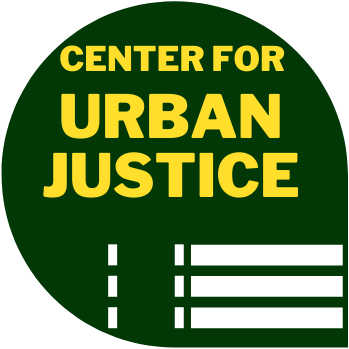The City’s Internal Analysis of Pedestrian Crossings (Now Public)
Following a legal battle spanning nearly four years, the City of Luxembourg has now released two key documents: a technical note and an analysis map regarding pedestrian crossings across the city. These documents were previously withheld but have now been made public following a ruling by Luxembourg’s highest administrative court.
Below is a brief, mostly neutral overview of what these documents contain and how they relate to the public discussion.
1. The Technical Note (Note du 10 novembre 2021)
This internal document was issued by Luxembourg City’s Service de la Circulation and addressed to the Collège échevinal on 10 November 2021. It was drafted in response to media coverage of the Safe Crossing project and presents the City’s own review of pedestrian crossings and their compliance with the 5-meter parking restriction under Article 164(2)(e) of the Code de la Route.
Key contents of the note:
- The City internally reviewed 475 pedestrian crossings in response to the Safe Crossing project, which had flagged that same number as potentially non-compliant.
- These 475 crossings are categorized as follows:
- 169 crossings are considered compliant because the nearby parking bays are recessed (en encoches) and visibility is, according to the City, preserved through curb extensions.
- 181 crossings are listed as compliant based on their orientation “in the direction of travel” (dans le sens de la marche), which the City interprets as satisfying the 5-meter rule.
- 82 crossings are signalized pedestrian crossings, which the City believes are exempt from further marking requirements.
- 12 crossings are located on private property and thus deemed outside the City’s regulatory responsibility.
- The note identifies only 32 crossings as potentially needing further review or modification. It proposes that the City may undertake targeted improvements if approved by the Collège échevinal.
The document is signed by senior civil servants and includes a formal suggestion that, upon political agreement, it could be used as the basis for communication with the press.
Legal context
The administrative court, in its ruling, explicitly questioned the legal foundation for the City’s classification approach. It noted that the alleged agreement with the Ministry of Mobility — which the City repeatedly cited to justify its interpretation — does not exist. The court expressed surprise that such an important policy basis had never been documented. Furthermore, an agreement that exempts an administration from following the law would be odd.
Download the Technical Note (PDF)
2. The Analysis Map (Plan d’analyse)
The accompanying map is a visual representation of the City’s internal findings. It uses a color-coded system to show which crossings were deemed compliant, non-compliant, or unclassifiable according to the City’s own criteria.
Map elements:
- Each crossing is marked with a color
- The City appears to interpret compliance more broadly than Safe Crossing did — particularly in cases involving inset parking bays.
Download the Analysis Map (PDF)
🔍 What This Means
The Technical Note and Analysis Map released by the City do not support the findings of the Safe Crossing project. Instead, they represent an attempt to downplay the extent of potential non-compliance through broad and controversial interpretations of the law.
Here’s what the documents reveal:
- The City does not accept that the 475 crossings flagged by Safe Crossing are problematic. Instead, it claims that only 32 of these might merit further analysis.
- To justify this, the City reinterprets core legal requirements of the Code de la Route:
- It argues that parking bays recessed into the sidewalk (“en encoches”) maintain sufficient visibility — even if they are within five meters of a crossing.
- It claims that the five-meter rule only applies in the direction of travel, and not on both sides of the crossing.
- It treats signalized crossings and private roads as exempt — even though the Code makes no such distinctions.
- These arguments rely heavily on what the City calls an understanding reached with the Ministry of Mobility — an agreement the court explicitly says does not exist.
- Ironically, the note also suggests it was initially intended for press communication — further weakening the City’s later claim that it was an “internal” and unpublished document.
In short: the City disagreed with Safe Crossing’s findings, but rather than publishing its reasoning transparently, it withheld the note for years — only releasing it after being compelled by court. The legal basis for their internal classification remains unproven and unsubstantiated. The court’s judgment confirms that these internal documents should have been shared with the public from the start.
This release ends a long period of secrecy — and confirms the public’s right to know how pedestrian safety decisions are made.
⚠️ Note on Privacy
In line with best practice, the names and titles of civil servants in these documents have been redacted to protect individual privacy by ZUG. The city of Luxembourg did nothing to protect their identities before sharing the documents.
